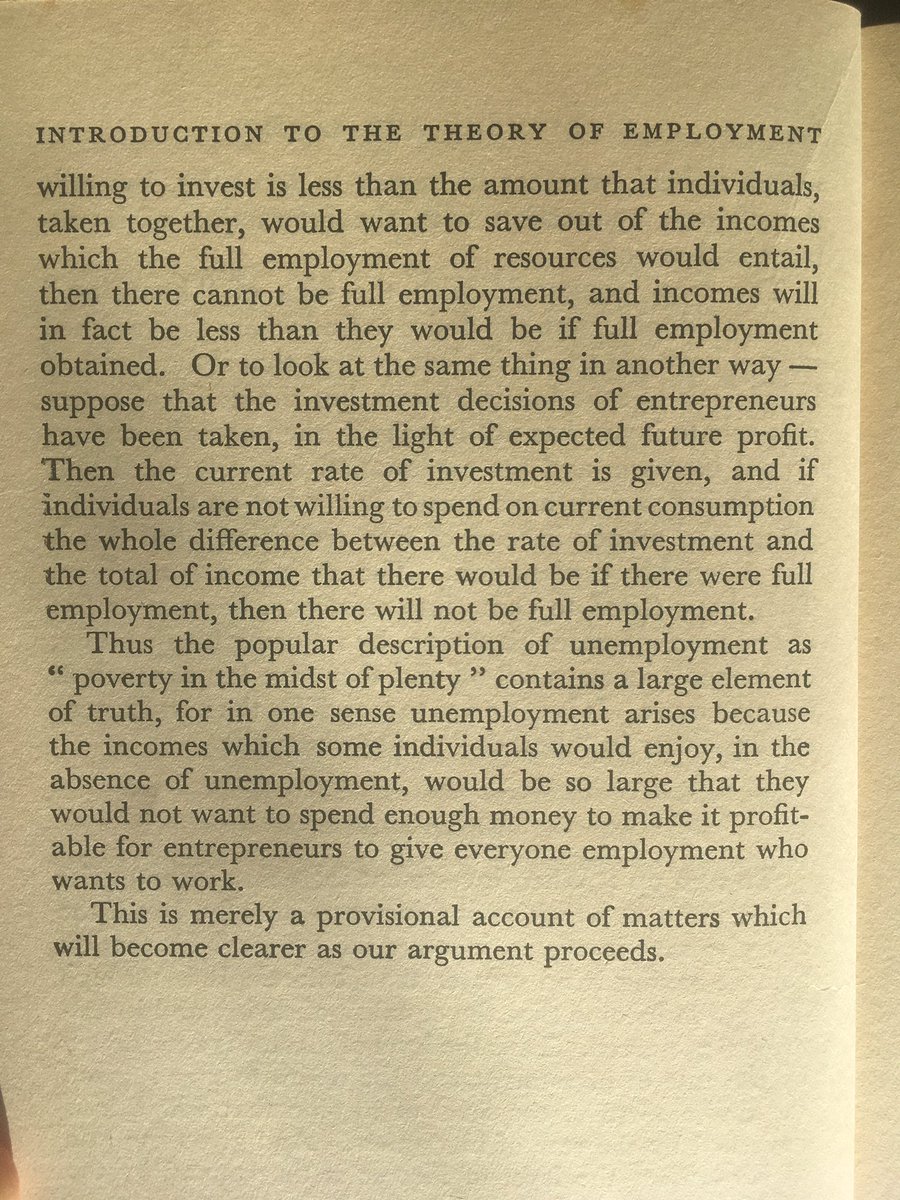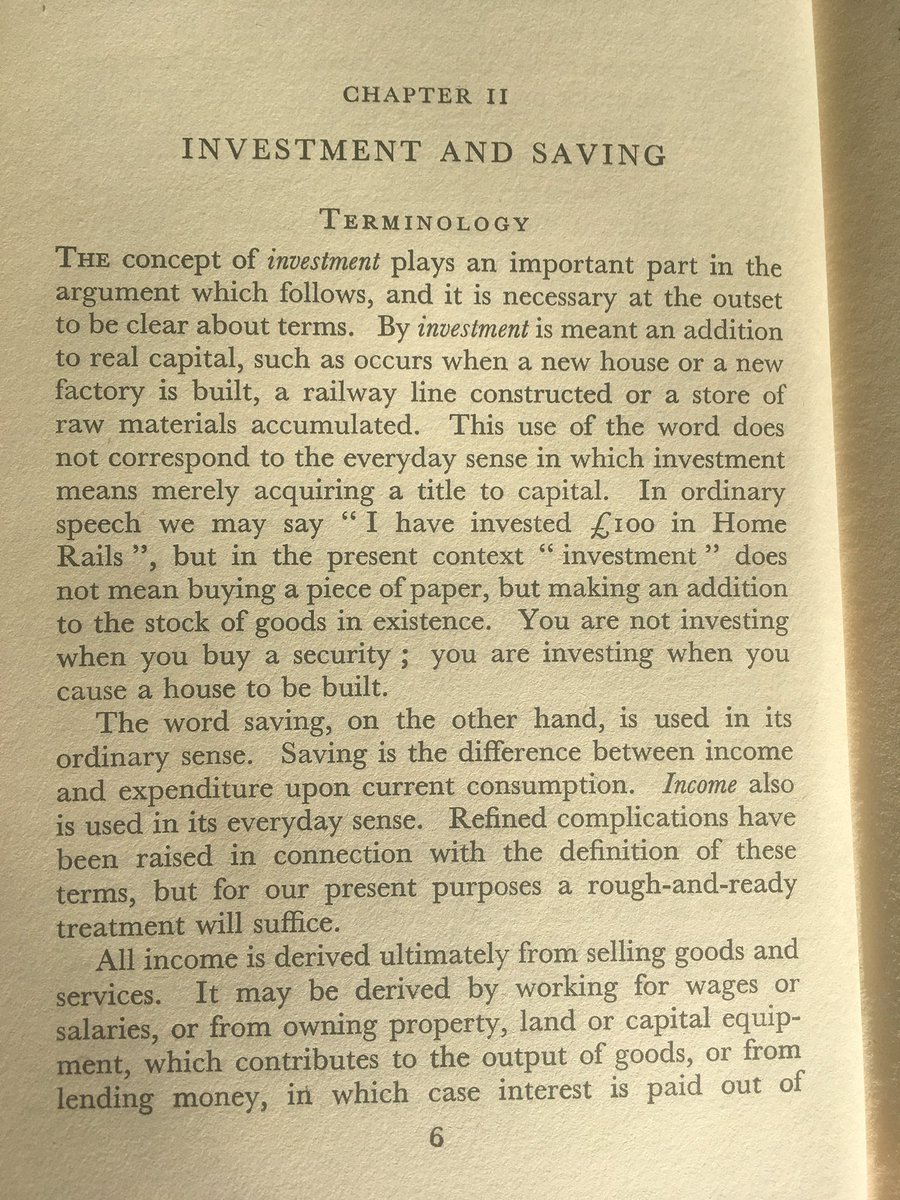
Right, let’s do this.
Joan Robinson on investment and saving in 10 tweets or less. 1/
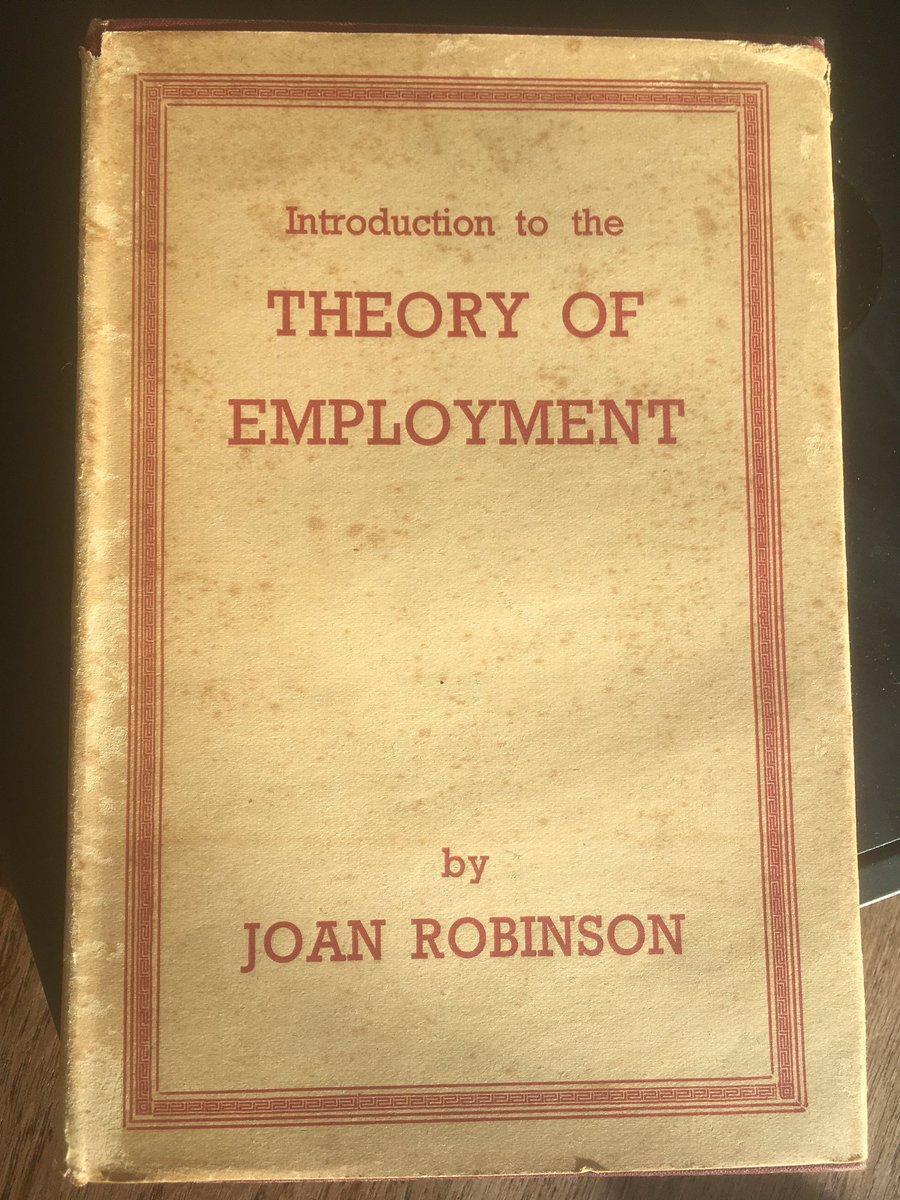

All income is spent on C goods or is saved.
The income derived from producing C goods is equal to what is spent on them.
Therefore, what is saved is equal to the income from producing I goods.
S=I 3/
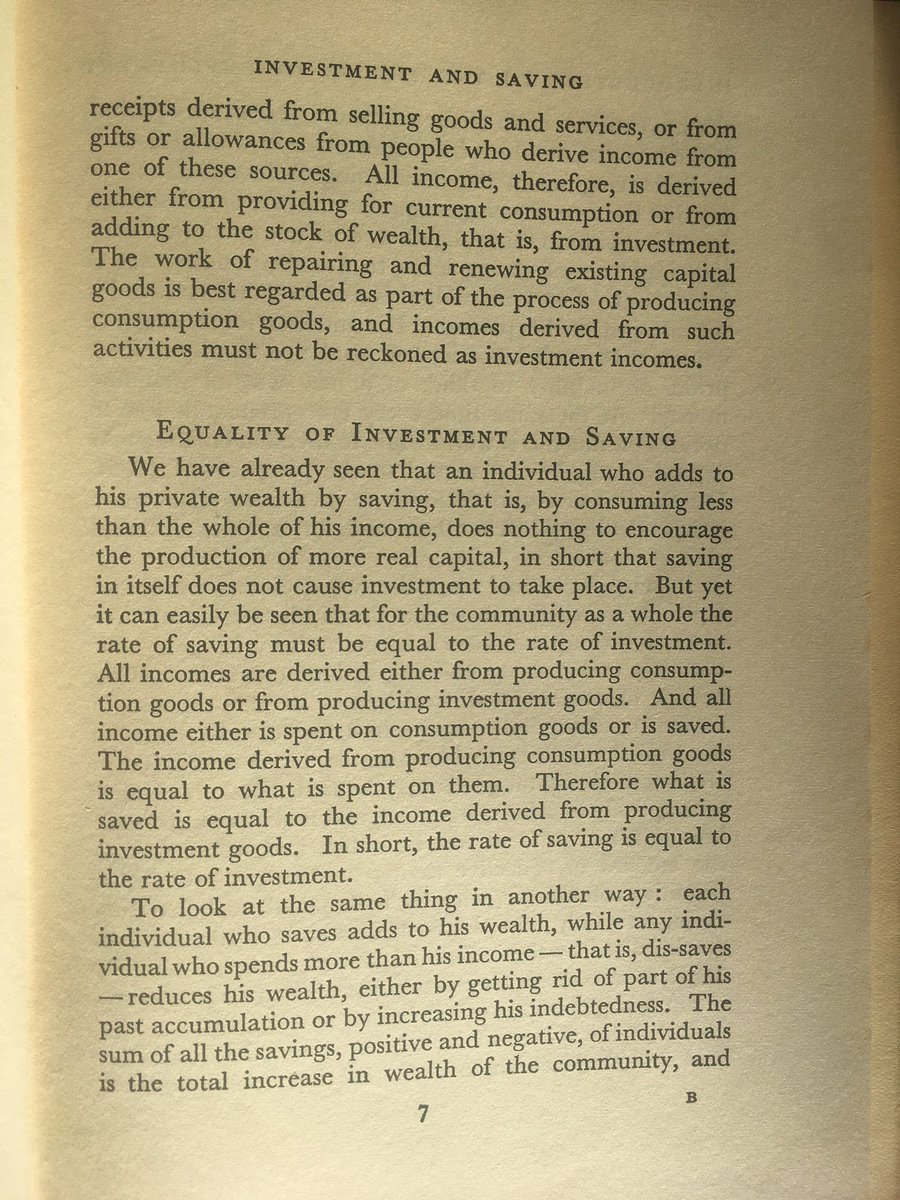
But saving is not the same thing as investment. 4/
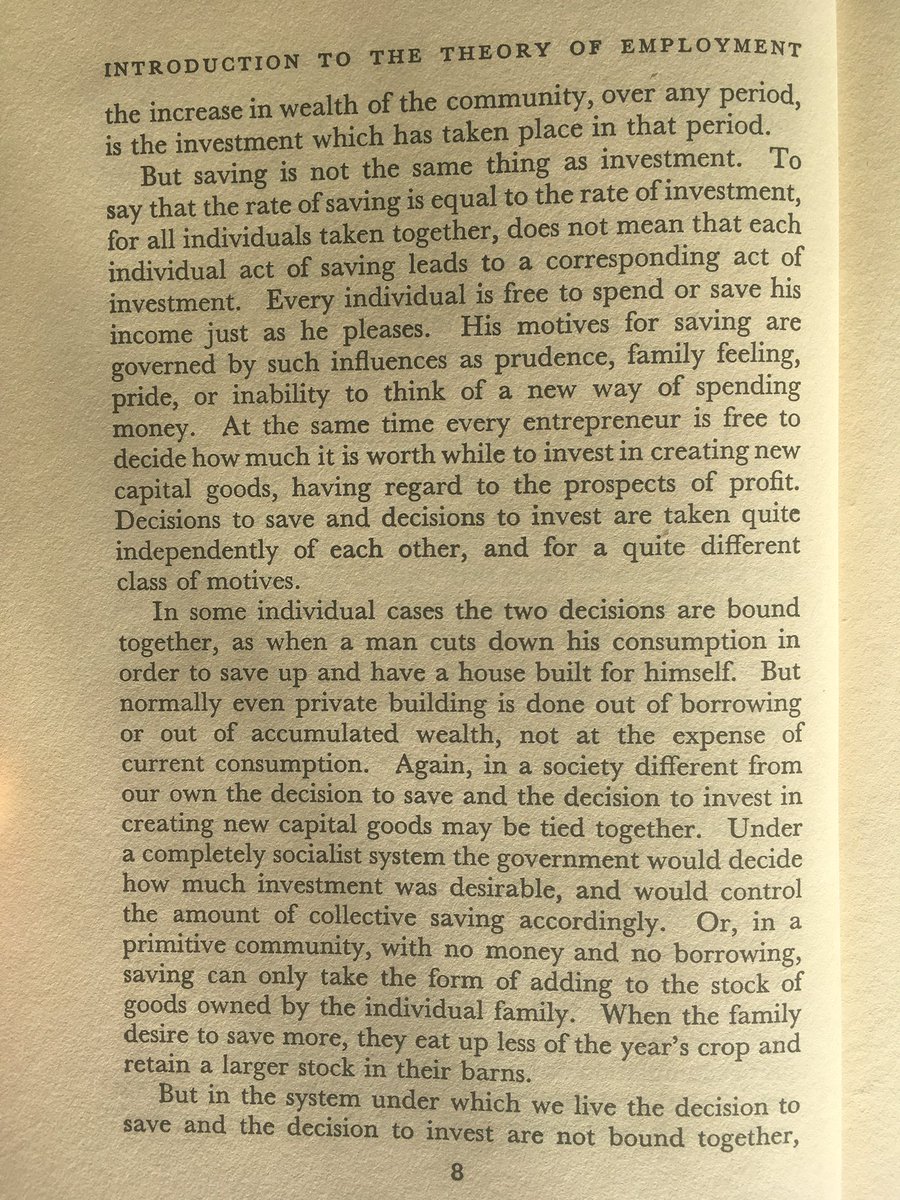
Entrepreneurs decide to expand their plant ... Incomes increase.
With a higher level of income, and the same attitude to saving, the amount saved increases. 5/
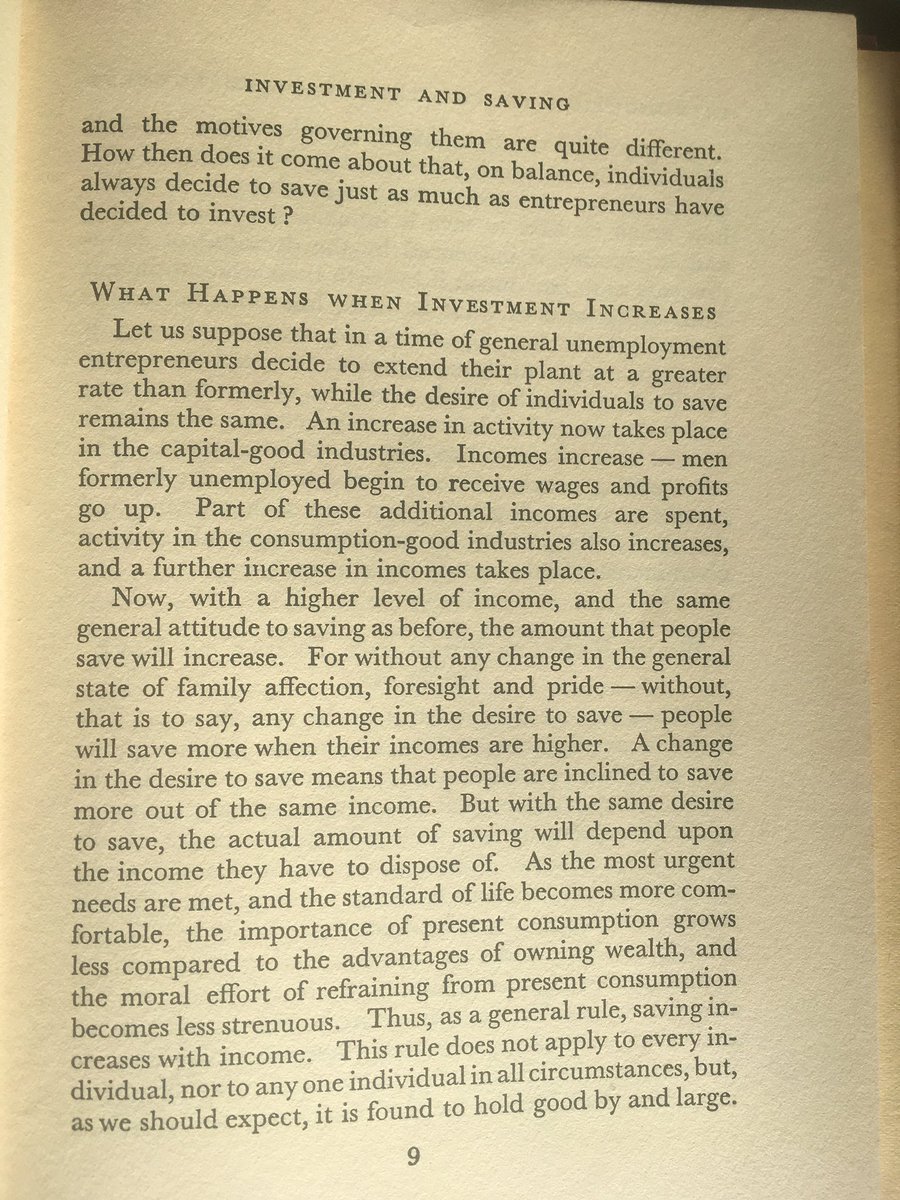
The argument does not run in the reverse way. The desire to save does not promote investment.
Suppose desire to save increases. Some spend less of their income. Activity and income fall. 6/
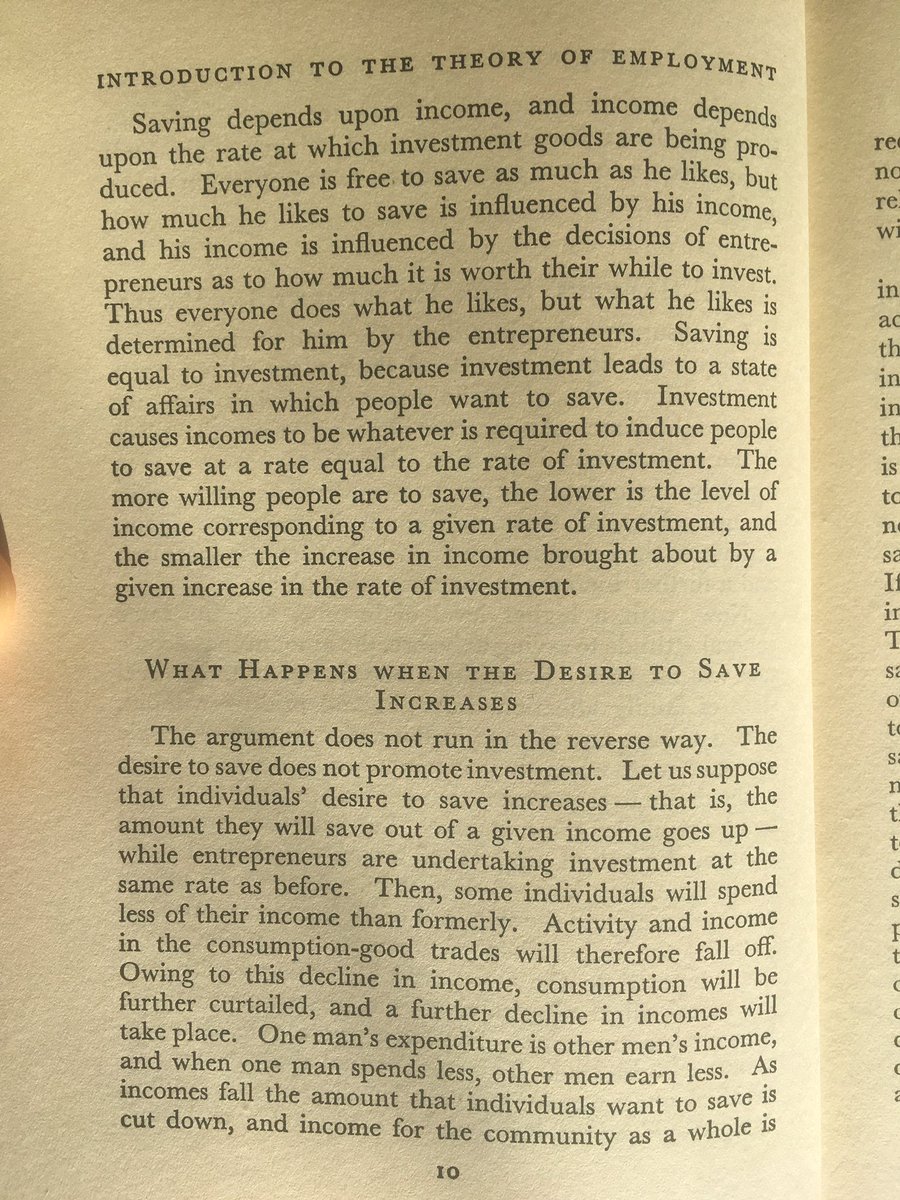
The actions of savers can only influence current consumption. 7/
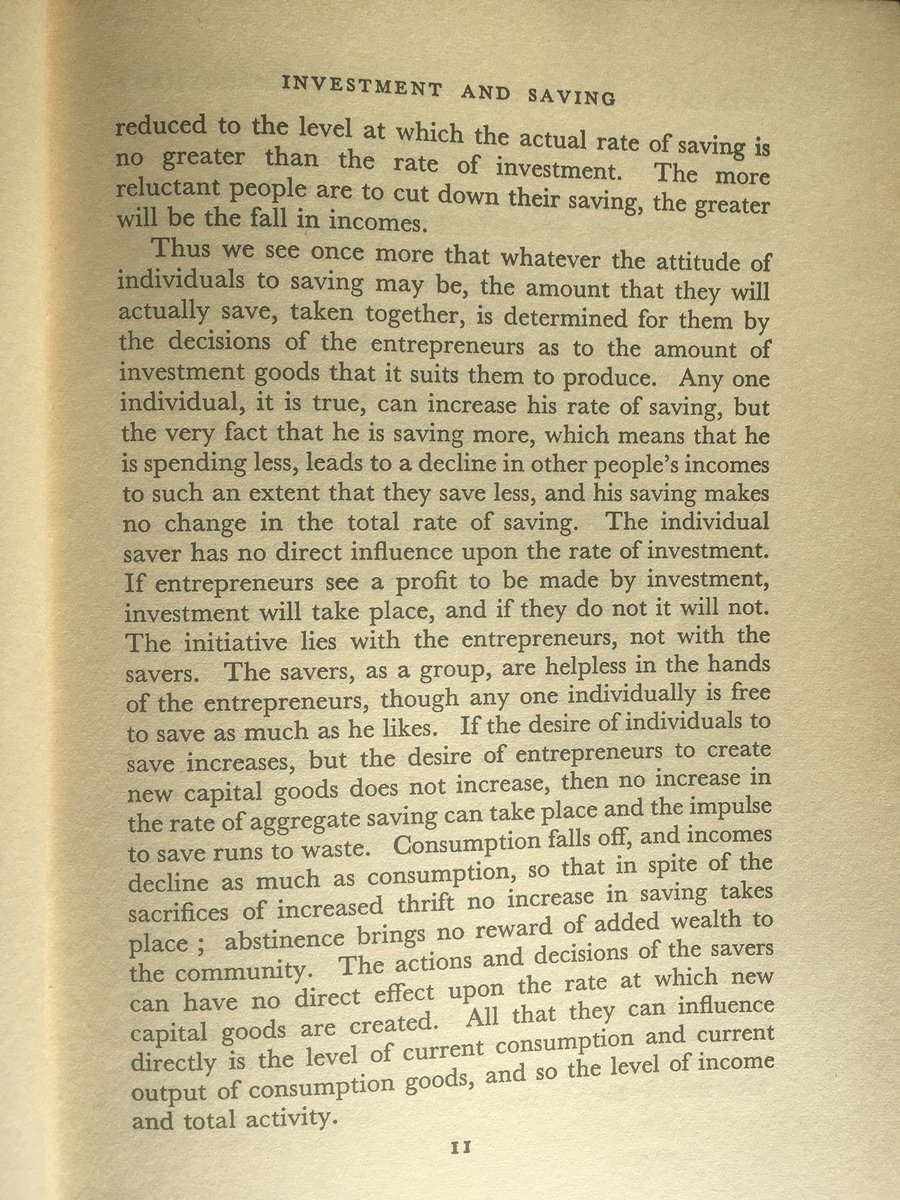
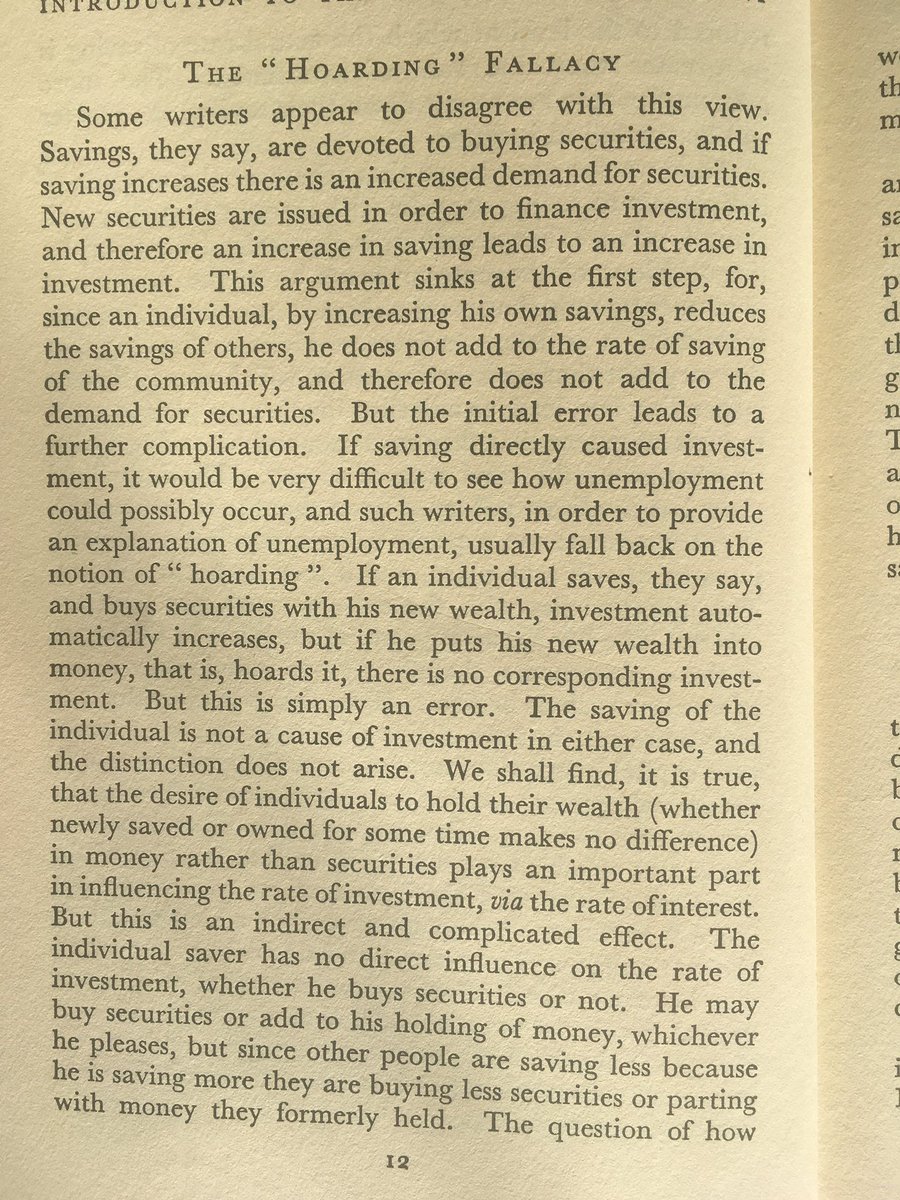
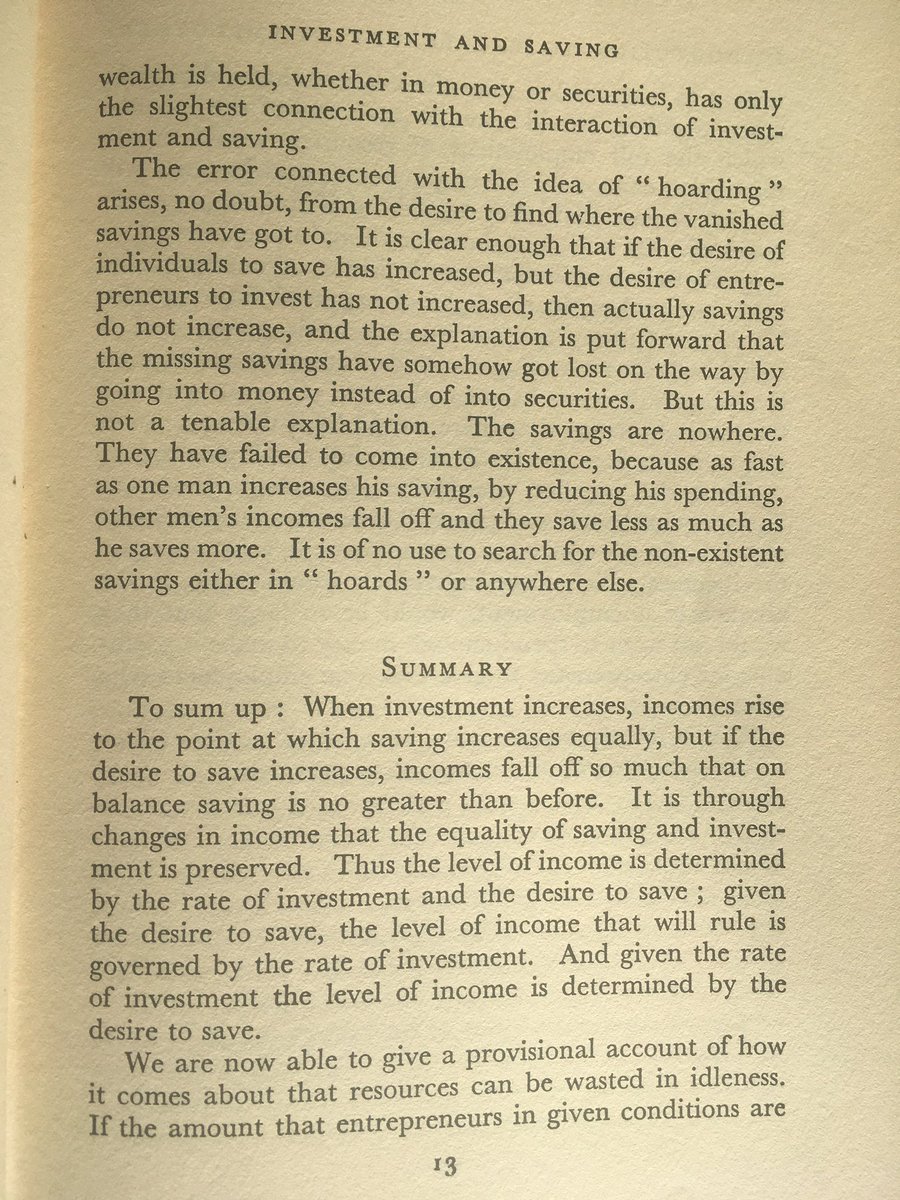
More from Culture
In a recent article published in the Stern, there is now a criminal complaint filed against Michael Inacker, the then CEO of the PR firm WMP for what includes allegations of the knock out payments from the emirate of Qatar to hide a dossier for their role in financing Hezbollah
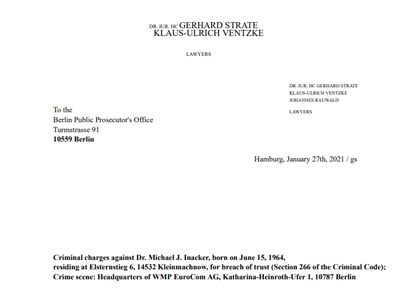
That allegedly 750,000 euros, which would have been divided between Jason and Michael.

In return, "Jason" was supposed to keep to himself the information he had researched in Qatar, that a high-ranking person in the emirate of Qatar was financially supporting Hezbollah.

https://t.co/TdaAECu35a
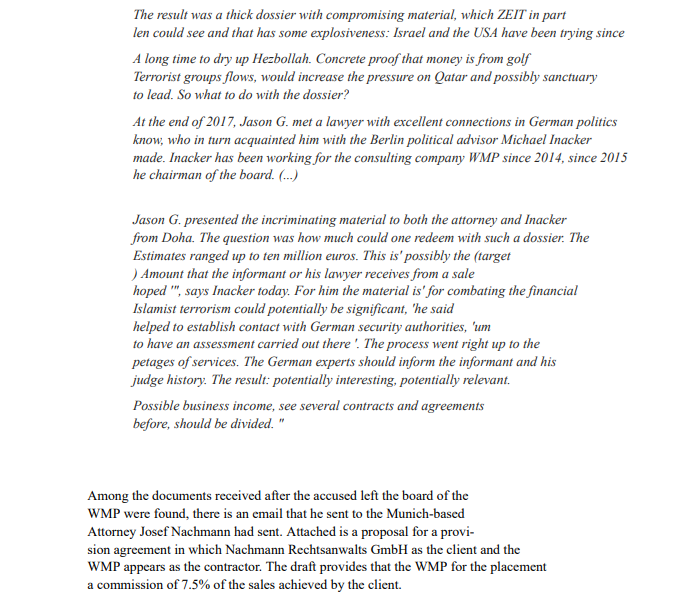
There is an interesting point in the article, WMP (Inacker) still had PR contracts with both Qatar and Saudi and “Jason” had some information about arms deliveries organized by people from Qatar with suppliers in Belarus, Serbia, Macedonia, and Yemen.

That allegedly 750,000 euros, which would have been divided between Jason and Michael.

In return, "Jason" was supposed to keep to himself the information he had researched in Qatar, that a high-ranking person in the emirate of Qatar was financially supporting Hezbollah.

https://t.co/TdaAECu35a

There is an interesting point in the article, WMP (Inacker) still had PR contracts with both Qatar and Saudi and “Jason” had some information about arms deliveries organized by people from Qatar with suppliers in Belarus, Serbia, Macedonia, and Yemen.

